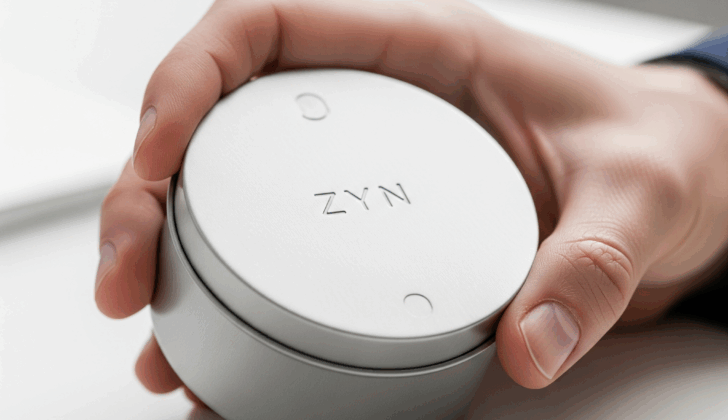Caffeine pouches—small, flavored sachets placed under the lip—have surged in popularity, especially among teens. They’re marketed as smokeless and discreet, even resembling nicotine pouches. But doctors and parents are increasingly alarmed about their rapid caffeine absorption, unregulated doses, and appeal to youth. Here’s what you need to know.
1. What Are Caffeine Pouches?
Caffeine pouches typically contain 50–200 mg of caffeine per pouch—roughly equivalent to one to two cups of coffee—delivered sublingually for fast absorption. Brands like Scooper and Wakey have joined the trend, and many are easily bought online or in convenience stores—without age checks.
2. Why Are Doctors Worried?
A. Rapid, Potent Delivery
Unlike coffee, the caffeine bypasses the digestive tract and enters the bloodstream quickly. Experts flag this as dangerous:
-
The quick systemic absorption may elevate heart rate and risk cardiac arrhythmias, particularly in youth.
-
Pediatricians at Children’s hospitals have called caffeine pouches “very dangerous,” noting their high doses and unregulated nature.
B. Elevated Side Effects
Cumulative evidence shows that overconsumption can cause serious symptoms, especially in teens:
-
Increased blood pressure and heart rate
-
Anxiety, insomnia, irritability
-
Nausea, headaches, seizures in extreme cases
C. Appeal to Teens
The pouches are flavored, discreet, and easy to access. With marketing channels like TikTok, experts worry they’re normalizing stimulant use—seen as a “gateway” for nicotine pouches.
3. How Much Caffeine Is Too Much?
-
Recommended limits for teens (<18): around 100 mg/day
-
Adult safe limit: up to 400 mg/day
Since some pouches contain 200 mg, just one pouch may exceed a safe daily dose.
4. Potential Health Effects
Cardiovascular Risks
Sudden pouches of caffeine can lead to elevated heart rate and serious arrhythmias in adolescents.
Mental and Physical Health
Caffeine pouches may worsen anxiety and lead to sleep problems. They could also elevate blood pressure and contribute to dehydration and GI discomfort.
Oral Health Concerns
While focused on nicotine pouches, research on “Grinds” coffee pouches reveals gum tissue toxicity—suggesting possible oral ulcerations or even cancer risk.
5. Stories from the Field
Recent poison control data shows caffeine product exposures rising dramatically, especially in young children who ingest them accidentally. Many cases, though mostly mild, required hospitalization.
Experts report intentional use in teens, often linked to energy boosts or stress relief—and sometimes even suicide attempts.
6. What Parents and Teens Can Do
Talk Early & Often
Discuss caffeine as a drug—not a benign boost. Explain dosage, side effects, and legal limits.
Set Clear Boundaries
Prohibit caffeine pouches at home, and monitor what teens may bring from friends’ homes or social media pockets.
Watch for Warning Signs
Look for jitteriness, racing heart, headaches, digestive upset, insomnia, mood shifts, or palpitations.
Choose Safer Alternatives
Encourage water, herbal tea, or healthy snacks. Model healthy habits by limiting your own caffeine intake.
Seek Help if Needed
If your child shows symptoms of overdose—racing heart, dizziness, chest pain or seizures—seek medical care immediately. For mental health concerns related to stimulant misuse, consult pediatricians or mental health professionals.
7. The Regulatory Gap
Caffeine pouches are largely unregulated. No FDA standards for dosage, age restrictions, or marketing protections exist—making it easier for these products to reach vulnerable youth.
Final Thoughts
Caffeine pouches may seem harmless at first, but their potent dose, fast absorption, and appeal to teens are triggering red flags from healthcare professionals. Their similarity to nicotine pouch products may normalize risky behaviors and obscure health consequences. Parents should stay informed, establish clear boundaries, and guide teens toward safer energy habits.
If you suspect harmful use or health effects in your child, start a conversation—and seek professional advice if needed.
Explore More:
MDS: Japanese Walking: A Mindful Way to Boost Health, Balance, and Longevity
MDS: How to Give Specific Praise to Support Your Child’s Communication Skills












